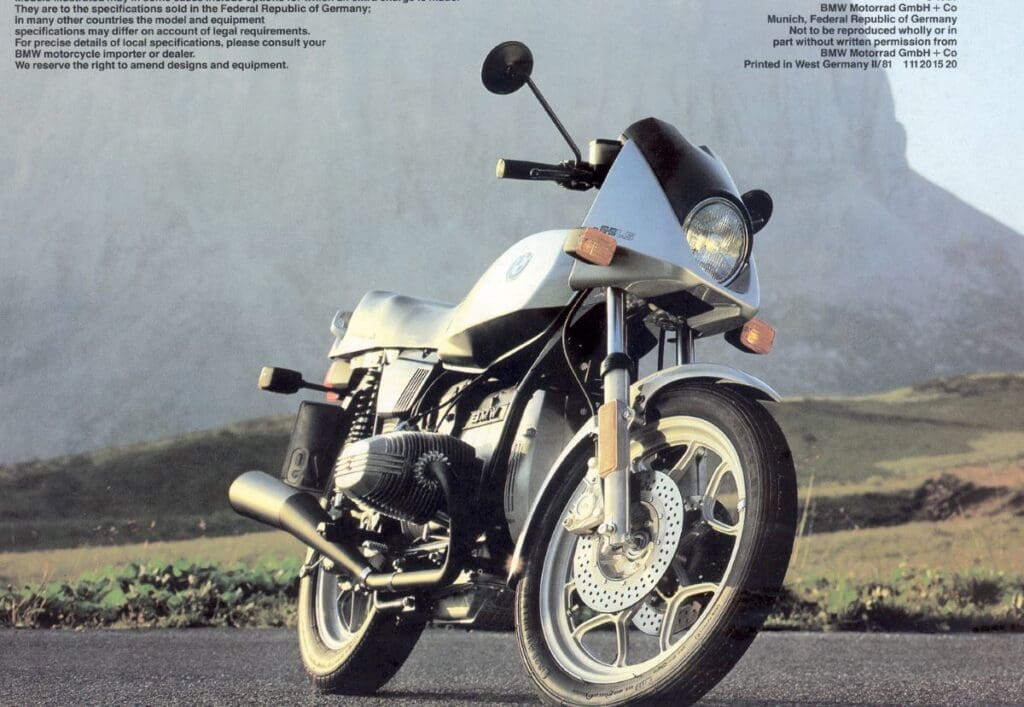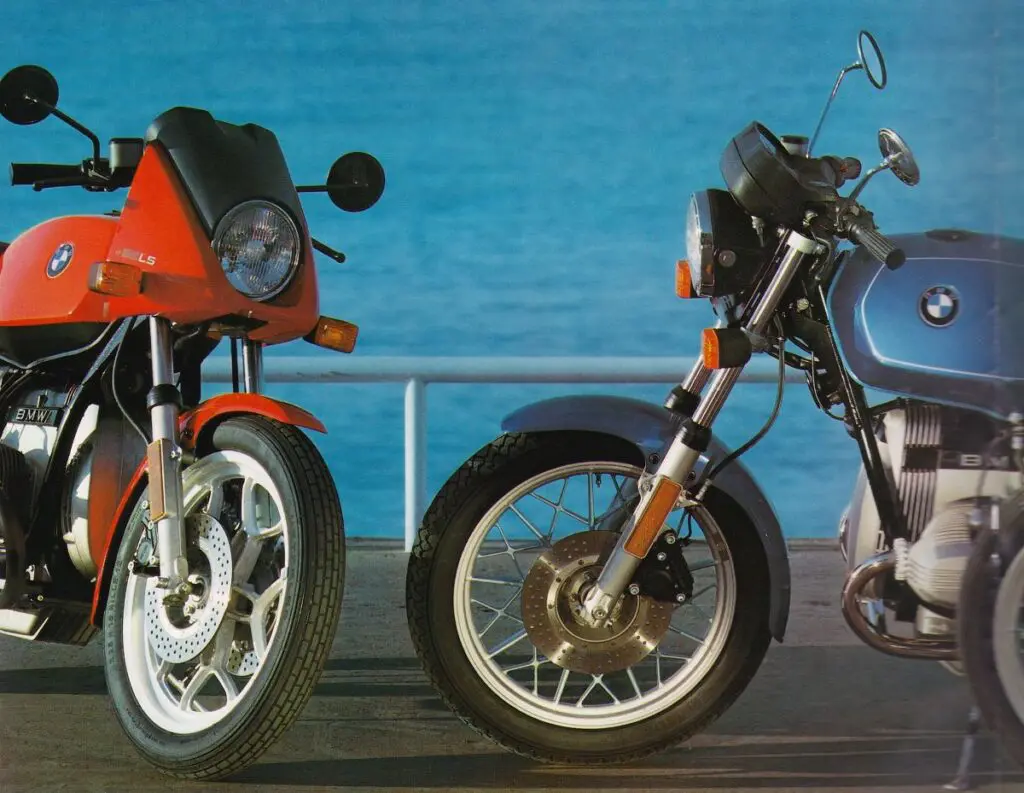Some time ago, Ric Campbell took on the restoration of a really ratty BMW boxer…
Words and photos: Ric Campbell Archive images: RC RChive
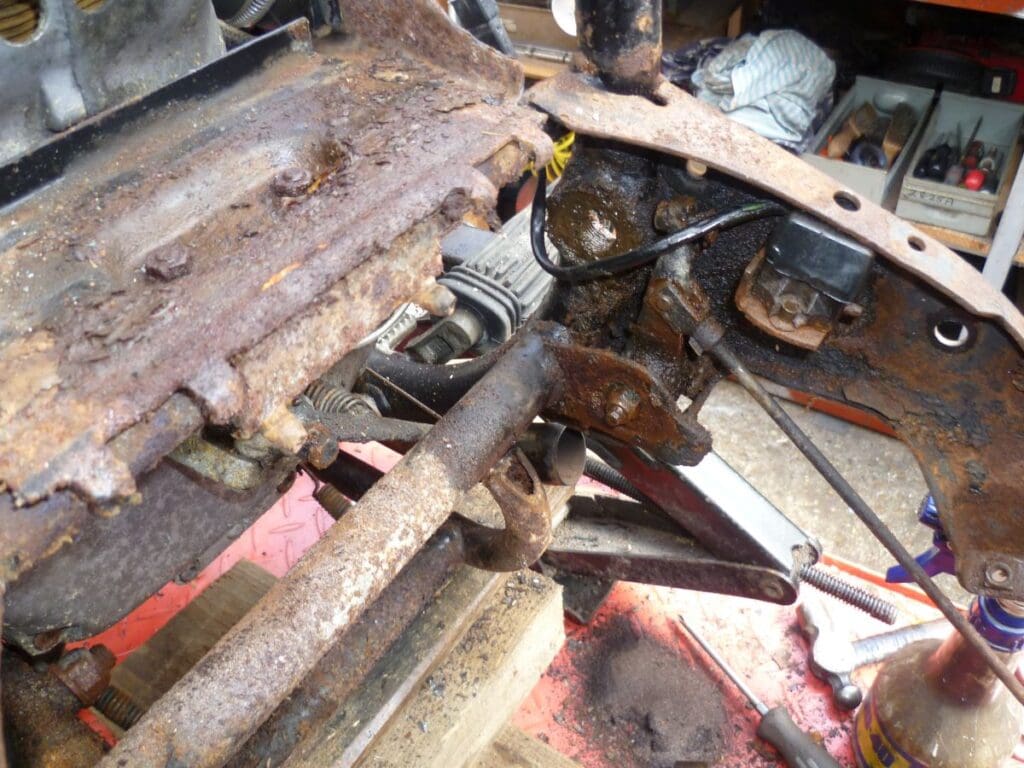
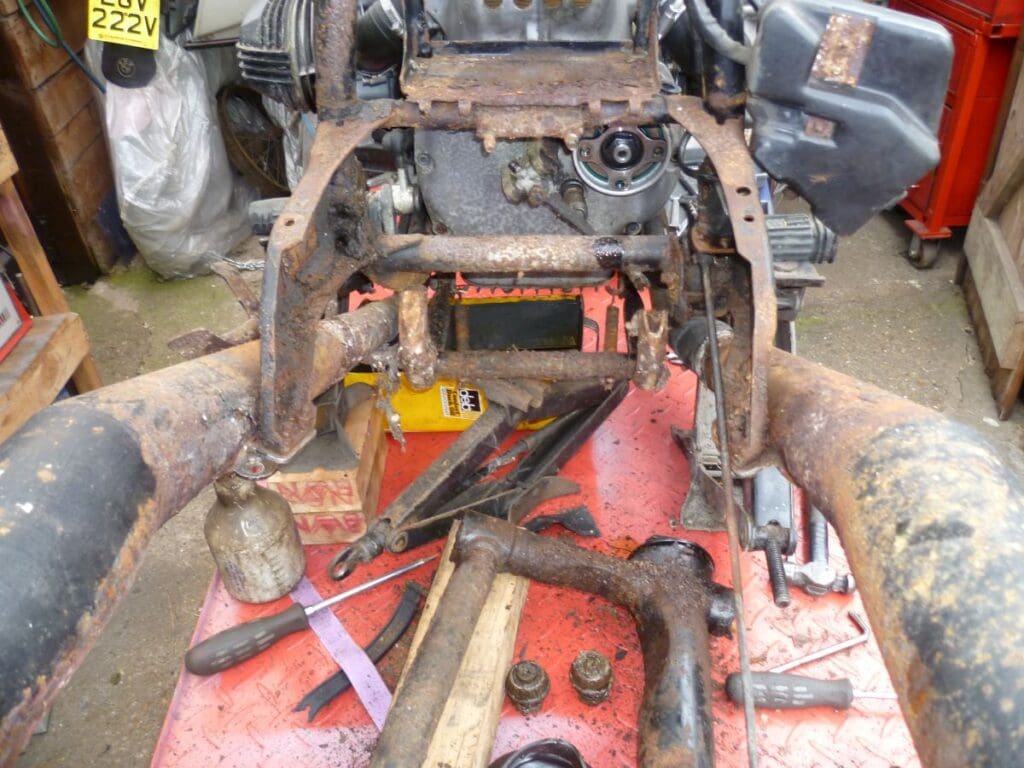
One day the phone rang. It was an old mate who’d bought two bikes as a job lot. One was a 250 Honda and the other a BMW R65. They’d been left rotting in a derelict garage for a number of years. They were both ‘a bit on the rusty side,’ he said. He wasn’t joking.
Enjoy more RealClassic Magazine reading every month.
Click here to subscribe & save.
Like a mug I told him I would be happy to have a look at the R65 and he agreed to bring it over in his van. Inside was one of the most decrepit heaps of motorbike I had seen for years. ‘A bit rusty,’ he’d said. Nothing on the poor old girl moved, all seized up solid, very little paint, and a large amount of flaking rust.
We dragged it out the van and manhandled it into my workshop. Once on the pump-up bench, held upright with the aid of a couple of small jacks, we could have a good look what was, to paraphrase WS Gilbert, an R65 that had ‘the remains of a fine bike about it.’
Well, it was on the bench now. Plus it was a BMW and I like the idea of a challenge. I like to strip everything down to large lumps which leaves the frame bare for stripping and painting. I know many send painted bits off for shot-blasting and painting but, to me, half the fun is doing as much as possible myself. I use paint stripper first then get the drill and wire brushes out, plus assorted sanders and hand scrapers.
I know all this sounds tedious but it’s not really. I have a bench outside and do most of this in the summer months. For paint I use synthetic enamel brushed on. With a bit of practice and experimenting with thinners you can easily get as good a finish as sprayed paint. There is much talk of Techaloyd paint being the best, or Masons; no doubt these are very good but also very expensive I have achieved good results using Kramp paint or indeed Tractol agricultural and plant paint. Good enough for tractors, out in all weathers: good enough for me! Buy good brushes though, and take care to look after them. Hamilton brushes are excellent.
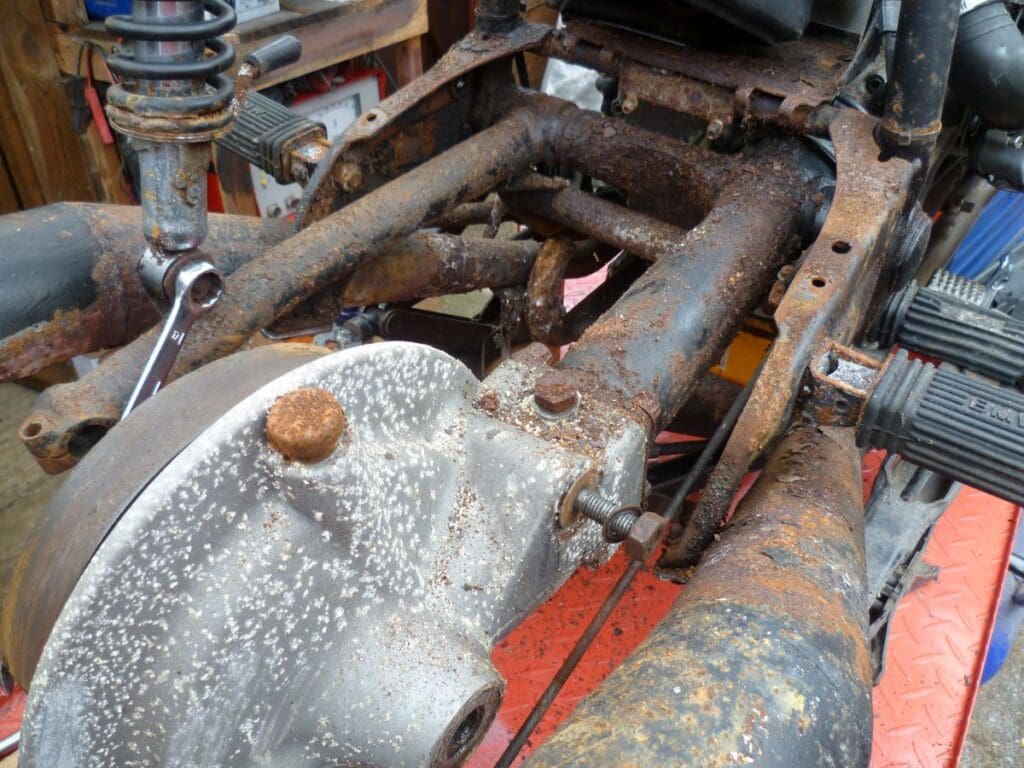
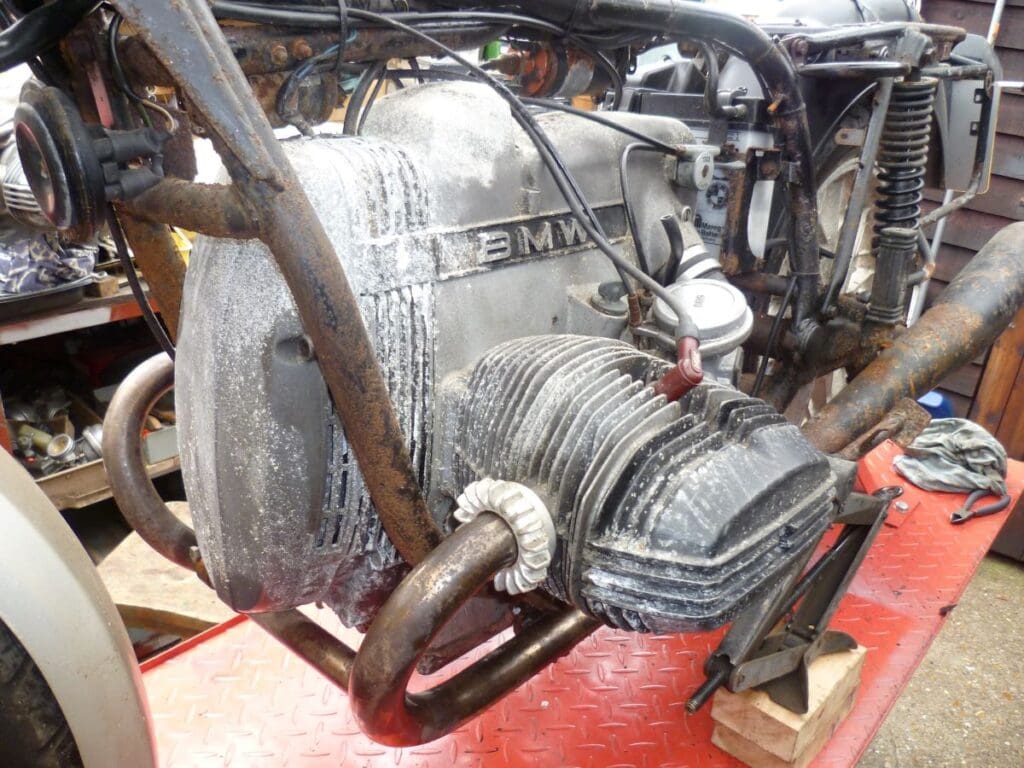
Some of the BMW’s tinwork was in a mess, rusted through with holes and flaking rust. A lot can be done with basic tools and a small MIG welder. These are not too expensive now and the gas can be obtained at a reasonable price. I prefer gas welding for this sort of work but cost prevents it, and a MIG will certainly do the job.
If you’re new to welding then get advice or buy a book. Then obtain some off-cuts (I get mine from a local sheet metal business), and practice. It’s not that difficult and you don’t have to be an ace welder. Beware of the dreaded ‘arc eye’ and keep your head out of the fumes. Keep your sleeves rolled down because bare skin is quickly and painfully burned with a MIG.
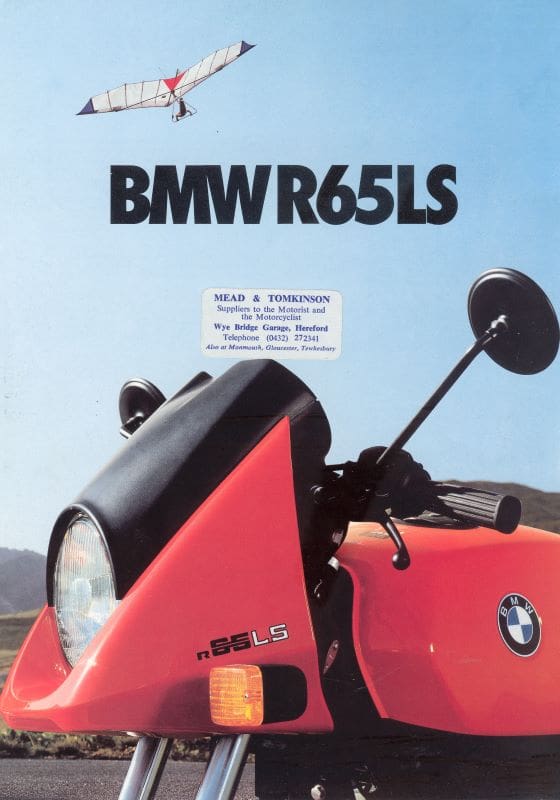
If all this sounds a little daunting – it’s not really. A lot of it is common sense and quite enjoyable. The one essential tool is a good pair of tin snips, cheap ones are a pain in the backside. Oh, and get a cheap 4½” angle grinder off eBay.
Whilst the frame was being stripped and painted I took the engine to bits. What is really impressive about the air-cooled boxer engines is just how simple and robust they are. The journal sizes are huge. No doubt they do wear out in time but if you keep the oil and filter changed you won’t have much to worry about. In contrast to the overall condition of the bike, the engine internals were almost as new. Everything measured up well within limits, just ring wear, easy to sort.
It has always been my habit to stick to as few suppliers as possible. In the case of BMW I always deal with Motorworks. I find them friendly, very knowledgeable and efficient. They also have an excellent website and a huge amount of secondhand spares. The thing is you can ring up and ask a question, any question, and always get a sensible answer.
Next time: more tools and tricks of the trade and getting to grips with the engine internals…
